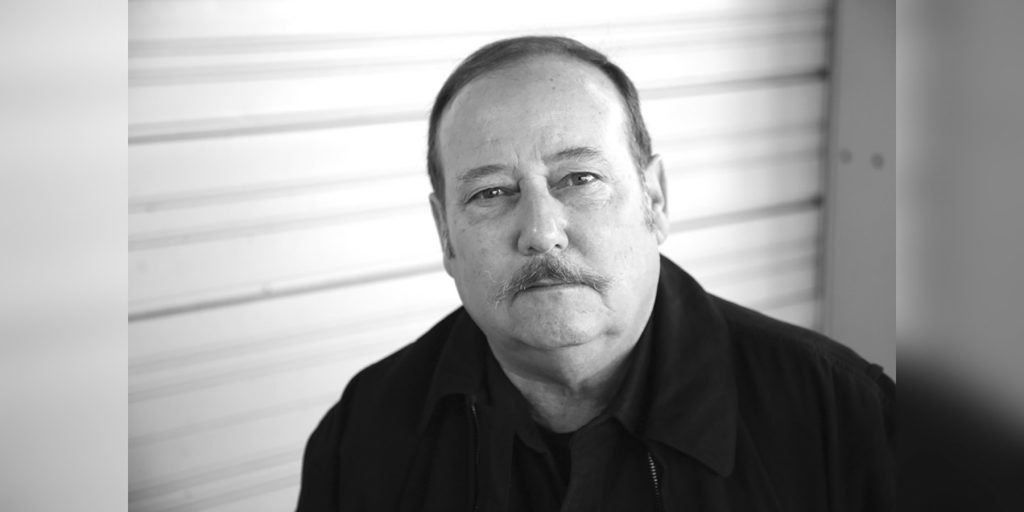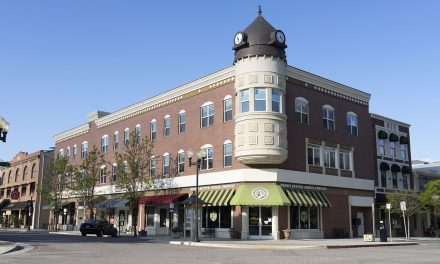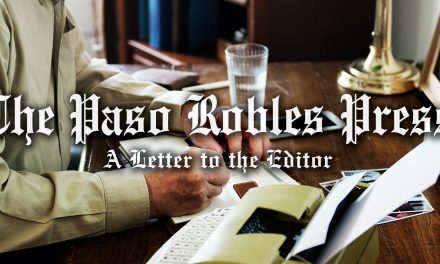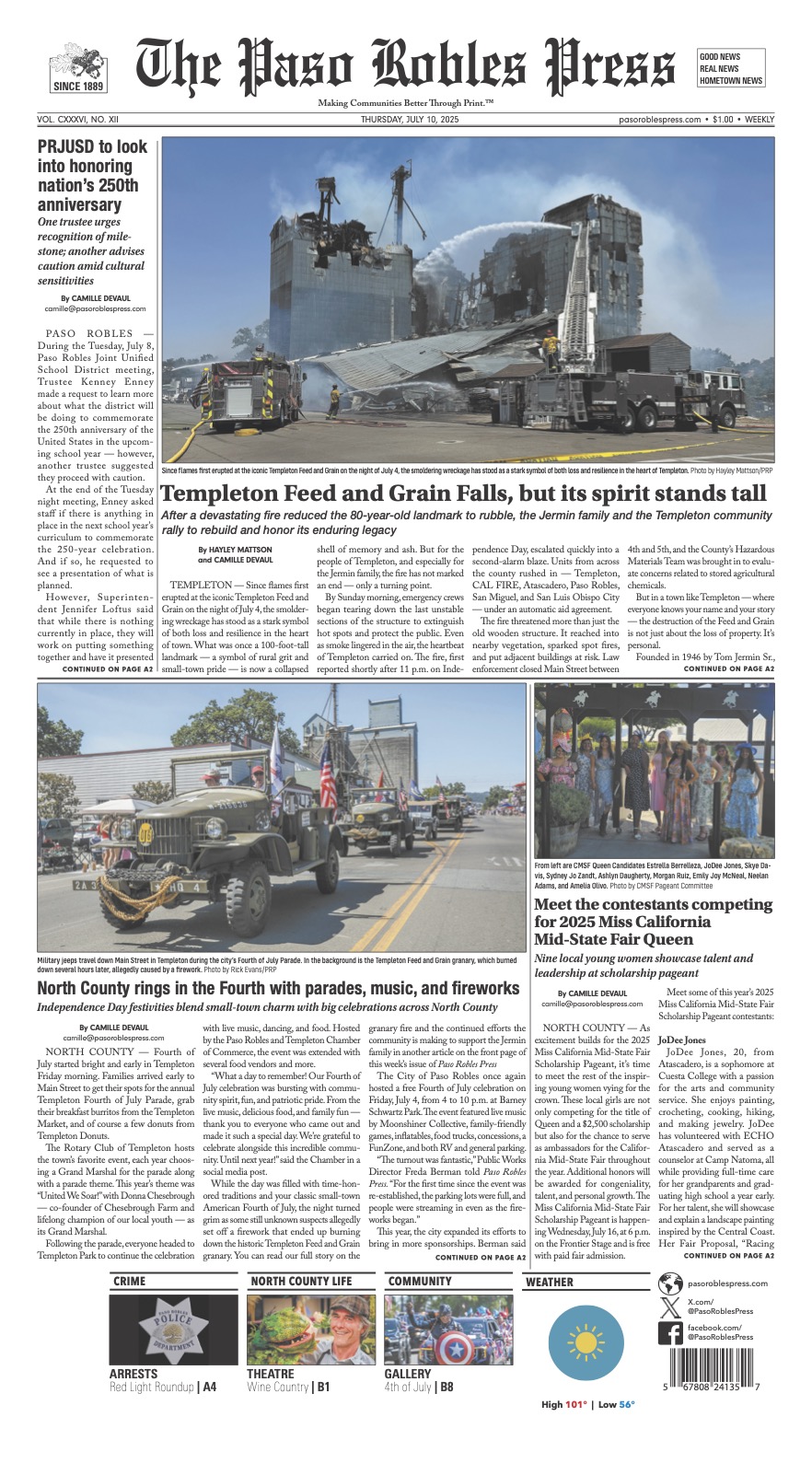Living in what we call a modern civilization lulls us into a state of complacency, assuming that all will remain as it is without interrupting our lives. The natural world in which we actually live is, however, an extremely violent place. Our perspective places us at the apex of creation, but in fact, our lives are but a vapor that may be extinguished in a single moment.

So it was in the recent disasters that occurred in Maui or several years back in Paradise, California. People went about their daily lives without any thought that in a few hours, everything they possessed would be destroyed. In life, complacency kills relentlessly and without mercy for age, gender, or worldly position. It was complacency that killed so many in both tragedies, first in Paradise and later in Maui.
Fire is a natural part of our world, an entity that often serves us well so long as we have it leashed or caged. Allow it to escape; it will consume its master and anyone else in its path. We use it so often on our terms that we ignore the danger and pretend the beast will never be unleashed. It’s always somewhere else that people are harmed, but it won’t happen here.
In 1977 I was a seasonal firefighter with the then California Department of Forestry, Division of Fire (Cal-Fire) and assigned to the Butte County Fire Department. It was very hot; Butte County is known for its hot summer weather. When the alarm was sounded for a wildfire near Paradise, my station was eventually summoned. A task force of 50 fire engines roared up Highway 99 Code 3, lights and sirens screaming to traffic to let us pass. Paradise was saved that week from catastrophe, as it was again in the 1990’s. Paradise officials developed detailed evacuation plans to ensure their emergency planning was sufficient. Unfortunately, other priorities developed.
Paradise sits on a ridge with a river valley below, affecting wind under certain conditions. Around 20 years ago, the memory of the wildfire near-misses faded and addressing community desires for slowing traffic for bicycles resulted in traffic calming measures to be installed. Roads were narrowed, including key evacuation routes. When the inevitable winds developed and a fire occurred in the most inaccessible area surrounding Paradise, the dye was cast. Wind-driven fires are almost impossible to stop, especially if fuels are allowed to grow unfettered by brush/grass removal. Firebreaks aren’t enough as a wildfire hurls a hurricane of burning embers a mile or more ahead of the main fire. All you can really do is get out of the way. The people of Paradise tried but were hampered by traffic congestion on the narrowed evacuation routes. Worse, the people of Paradise desired a rural, unmanicured setting to live in, allowing brush and trees to accumulate adjacent to homes. A firestorm developed that couldn’t be stopped until it ran out of fuel.
Maui is known for having a high wildfire risk but has limited resources. Lands surrounding Lahaina were owned by the state, corporations and large landowners. There was political resistance to implementing mandatory brush-clearing measures and fuels accumulated. It was a disaster waiting to occur.
Mistakes in command and control were made and it appears that the Incident Command System (ICS) used to maneuver firefighting forces like armies in California was likely not used. An evacuation route was blocked by utility crews attempting to replace poles, slowing or blocking traffic out of Lahaina. Some people were turned back into the path of the fire; those who drove through or around barricades lived, those who didn’t died in their cars. Much is made about warning sirens not being used, but if the public had not been included in drills for wildfire, the effective use of sirens for evacuation warning is questionable.
Wind-driven fires occur virtually anywhere, including North County and other California locations. In 1979 a December morning wind-driven fire at Vandenberg Air Force Base roaring with hurricane force winds, killed the former base commander, the fire chief, assistant fire chief and a dozer operator. They couldn’t get out of the way in time. Wind-driven fires have occurred in Atascadero multiple times at the north and south ends of the city but weed abatement and effective response contained them before a real disaster occurred, but it was close more than once.
The people of Maui were warned repeatedly by firefighting professionals and academics of the risk to their community, especially if a hurricane was present offshore to develop low pressure systems to draw strong winds across the island. These conditions are ever-present and have little or nothing to do with changing climate. Blaming climate simply absolves officials of responsibility for ineffective disaster planning and response.
As a final note, when disaster occurs, the media is a friend, not an enemy. Blocking access to disaster-effected areas prevents the public from knowing of your immediate needs, and eventually, you fall off the radar of the news cycle, leaving you to your own resources which are often few. The saddest note of all is that the lessons learned at Maui and Paradise were learned before; we just ignored them.















